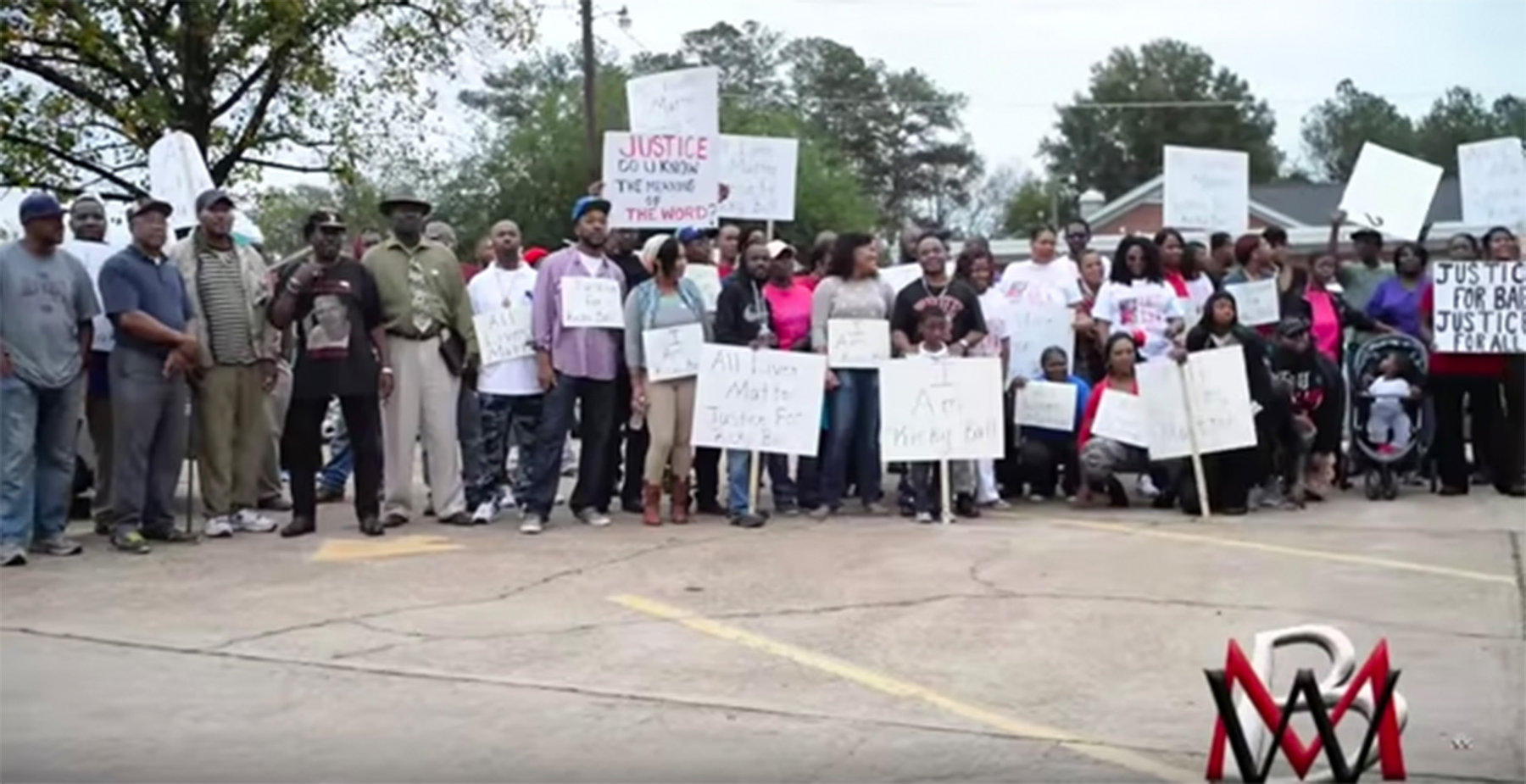Over the past few years we’ve mentioned many of the positive developments underway in the three counties of northern Mississippi (Lowndes, Clay, and Oktibbeha) collectively known as the “Golden Triangle.” They’re featured in my current cover story; in the video that the Atlantic’s team has produced; in the discussion I had yesterday on Fareed Zakaria’s GPS; and in the remarkable student essays that my wife Deb has collected from high school students at the Mississippi School of Mathematics and Science (MSMS) in Columbus. The two latest offerings from MSMS students are here and here. Earlier ones are here. I promise you won’t regret the few minutes it takes to look at them.
All of the places we’ve reported on, like the country they’re part of, have a mixture of good and bad trends. Columbus is now coping with its local version of the racial police-violence problems being brought to light nationwide.
Last October, a white Columbus police officer named Canyon Boykin shot and killed a black Columbus resident named Ricky Ball. The shooting was on a Friday night, after a traffic stop (for broken tail light). You can read the background in this story soon after the shooting from the Columbus Dispatch, and this follow-up.
Since then the situation has grown more complicated and much more bitter. In two recent stories for the Guardian, here and here, Matt Kessler of the University of Mississippi has written about the police department’s contradictory reports about the case, and about the lawsuit that Boykin, the police officer who was fired after the shooting, has filed alleging that his treatment reflects anti-white racial bias.
For more, here is the Justice for Ricky Ball site, run by those claiming that the officer had a vendetta against Ball, and its Facebook page. Here is a YouTube video of a protest march by The Ricky Ball a Call for Justice. Last week the Columbus Dispatch ran an editorial about the shooting and its aftermath:
Even so [despite the increased nationwide focus on white-on-black police violence], Ball’s shooting death likely would never have hit the national radar were it not for a lethargic, tight-lipped response by city leaders compounded by sloppy handling of the evidence, including the presence of two, seemingly contradictory incident reports that were distributed to separate media.
As a result, what might have been regarded as a tragic incident has become fodder for those who see something sinister in how the case has been handled, casting doubt on the credibility of local officials, and by extension, reflecting poorly on the entire community.
Suddenly, the local/regional story has found a national audience.
I offer this not to provide any original information or authoritative insight on the case but rather to note an important development in a community we have highlighted. Also I suggest another look at the final few minutes of this video from Mississippi, in which an influential NAACP and labor-union leader in the region, Lewis O’Dneal, talks about what has changed in the region, and not, during his lifetime from the segregation era onward. He appears starting around time 7:35 of the video below.




